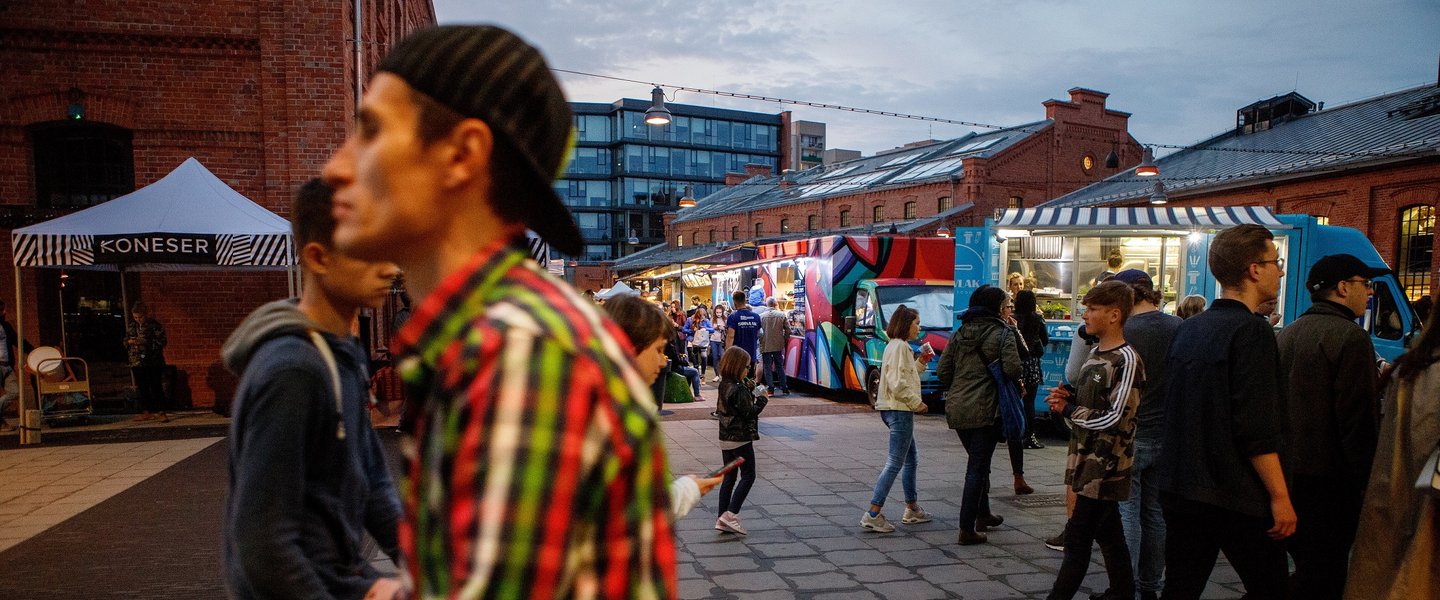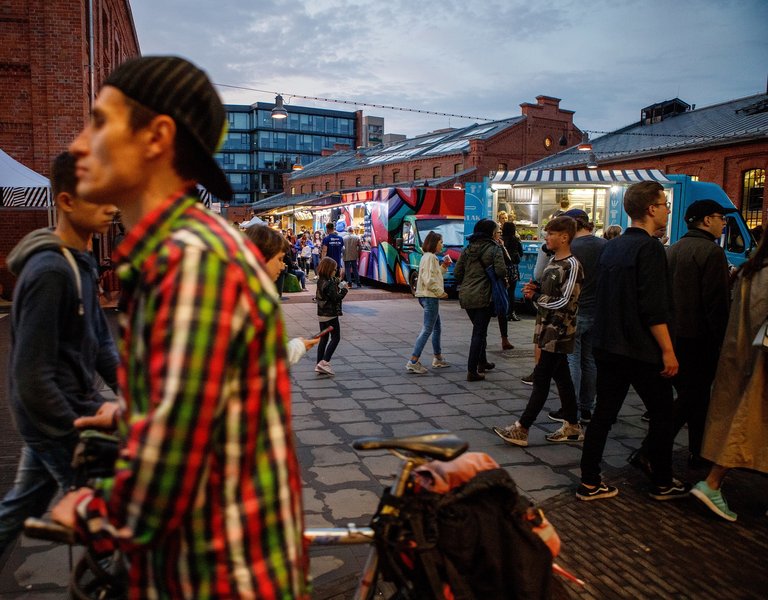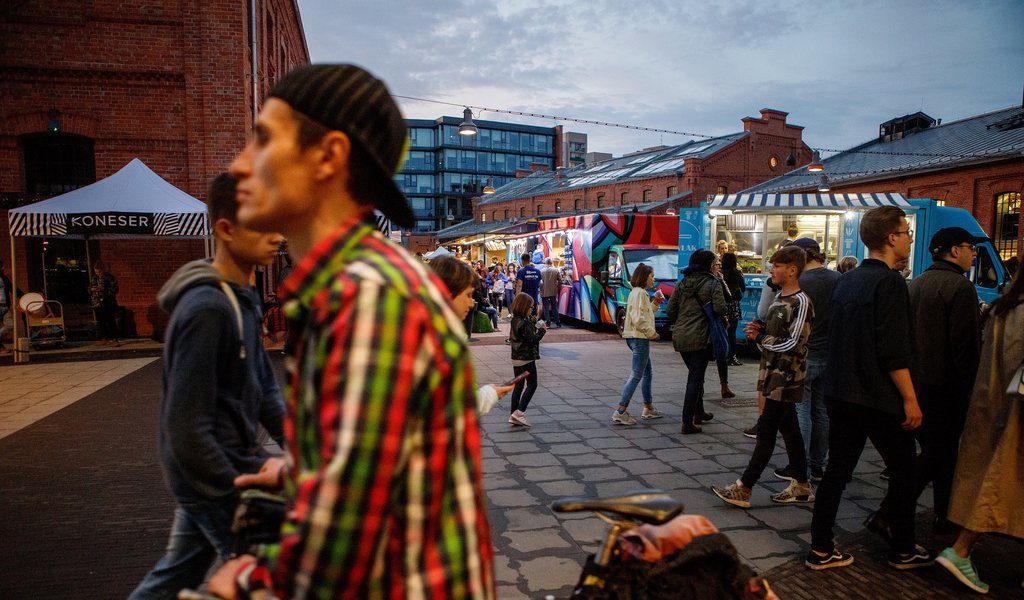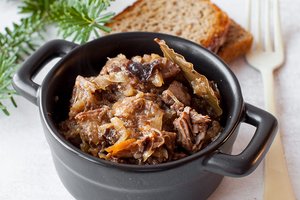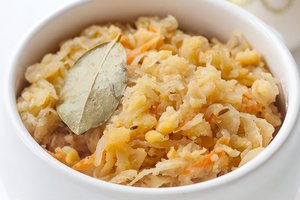Food trucks in Poland
The fad for street food has been in full bloom in Poland. Food trucks in particular enjoy massive popularity – these restaurants on wheels serve dishes from all over the world. How did this phenomenon come to be and is it really new? How is the mobile gastronomy developing in Poland? And, first and foremost – where to look for street delicacies?
Wheels of time
Food joints on wheels are not a recent phenomenon in Poland. Bar buses used to conquer Polish roads as far back as the 1970s. Old, battered vehicles were refurbished as bars, which mostly offered their clients simple cuisine typical for the Polish People’s Republic: sausages boiled in water, sour rye soup, beetroot soup, tripe soup or bigos. Similarly to its American prototype created by Walter Scott, who bought a small wagon and parked it in front of the office of a local newspaper to sell sandwiches to its worn out reporters, Polish bar buses in the People’s Republic served home-made food to workers in the vicinity of their workplace.
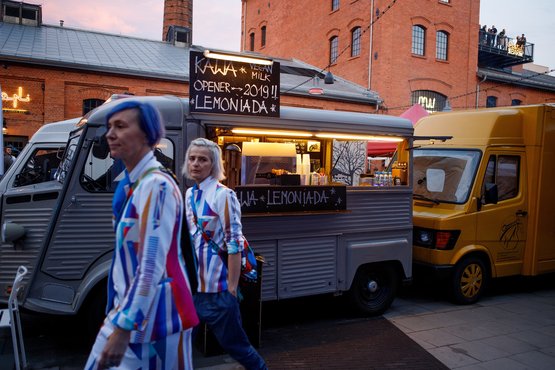 However, experts emphasize that the roots of modern-day popularity of street food lie completely elsewhere. Usually, they are traced back to the United States and their food novelties, which emerged after the crisis of the late 2000s. At that time, numerous skilled chefs had to quit their jobs working for sophisticated restaurants, which continued to lose clients, and set out to serve food in mobile joints, which helped to elevate street cuisine to a whole new level. Soon after, high-quality street food appealed to taste buds in the country on the Vistula river and food trucks became a permanent feature on the streets of Polish towns and cities.
However, experts emphasize that the roots of modern-day popularity of street food lie completely elsewhere. Usually, they are traced back to the United States and their food novelties, which emerged after the crisis of the late 2000s. At that time, numerous skilled chefs had to quit their jobs working for sophisticated restaurants, which continued to lose clients, and set out to serve food in mobile joints, which helped to elevate street cuisine to a whole new level. Soon after, high-quality street food appealed to taste buds in the country on the Vistula river and food trucks became a permanent feature on the streets of Polish towns and cities.
Street season
At present, the food truck market is developing dynamically. How many food trucks are there in Polish streets? It may be difficult to say. Jacek Tymoszuk, who wrote the first book on Polish food trucks, estimates that there are over 1,000 of them, but he also emphasizes that new food trucks continue to appear, joining the group of already established brands. Some operate throughout the entire year, some – only during the season, when Poles are more eager to enjoy themselves and eat out in search of sun and flavors. For this reason, breakfast fairs have become a staple of the urban landscape. Off Piotrkowska in Łódź, Night Fairs at the Warsaw Central Station or Kazimierz in Krakow – centers of delicious food served by food trucks tempt customers in the majority of Polish cities and towns.
Moreover, spring and summer have also been the time of numerous street food festivals. Food truck festivals, where these food joints compete for the hearts (and stomachs) of their customers, are held all over Poland, from Szczecin to Lublin. The most famous of them all – the Food Truck Festival of Flavor (Festiwal Smaków Food Trucków) has not only been organized in major cities, such as Poznań or Gdańsk, but also smaller ones as Leszno, Giżycko, 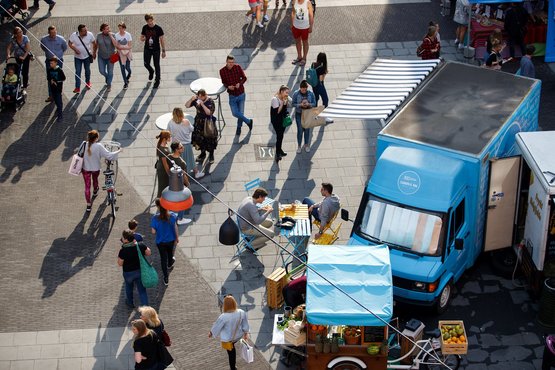 Kwidzyn, Olsztyn, Tarnów, Legionowo, Włocławek and many others. This event attracts food trucks from the entire country and the key to choosing the trucks by the organizers is variety. Their goal is not only to promote street food, but also the spirit of slow food. Local products delivered by local suppliers serve as the basis of the majority of food truck menus.
Kwidzyn, Olsztyn, Tarnów, Legionowo, Włocławek and many others. This event attracts food trucks from the entire country and the key to choosing the trucks by the organizers is variety. Their goal is not only to promote street food, but also the spirit of slow food. Local products delivered by local suppliers serve as the basis of the majority of food truck menus.
The city and the world on a plate
Talking about the menu... At first, food trucks specialized in all-time classic international food: hamburgers, toasties and Belgian fries. At present, their offer is much wider, so when you walk the streets of Warsaw, Bydgoszcz or Dąbrowa Górnicza, you can taste, among others, Tibetan dumplings, Hungarian lángos or Arabic pita – to put it simply – food from all over the world. This rich diversity may satisfy both meat eaters and those who cut meat out of their diets – the capital of Poland, Warsaw, has ranked among the top ten vegan-friendly cities for years now, according to the ranking published by American website happycow.com.
What may be even more interesting is the fact that food trucks helped to revive long forgotten local delicacies. In Krakow, for example, Andrus Food Truck impressively grew in popularity by serving maczanka. It is an old dish, found as far back as the 16th century Krakow, which is made of pork neck or loin and caraway served in a bun, which used to be a hit among horse carriage drivers and then – students. Walenty Kania, who also comes from Krakow, became famous thanks to his “Cooking for the brave”, which is mostly based on giblets, which used to be popular in Polish cuisine. Gumiklyjzy from Tychy gained popularity thanks to Silesian potato dumplings served in four ways. Maybe next time you will dare to try them, instead of pierogi, which you already know so well?
Poland.pl
21.06.2019
